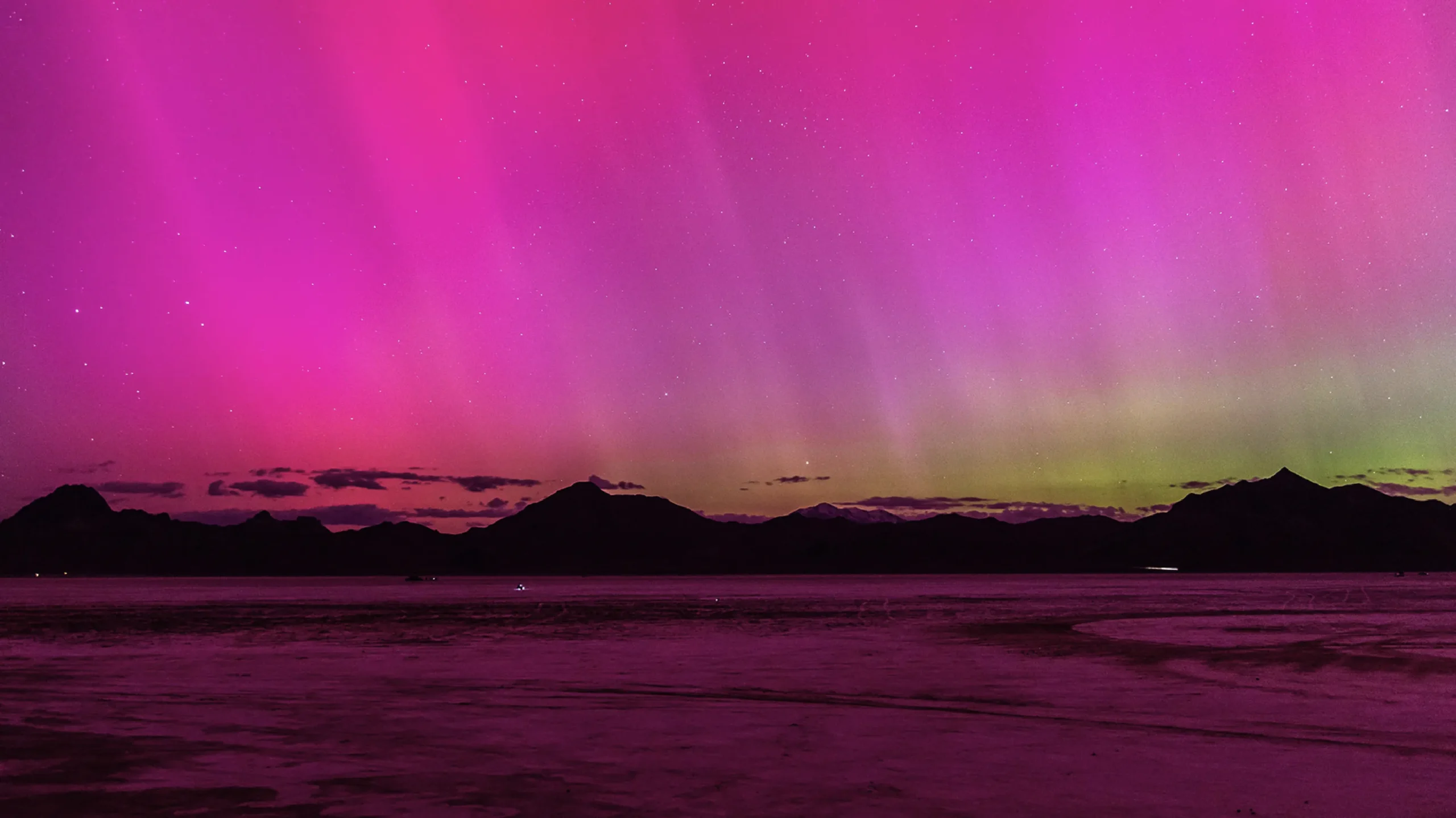
See which states may see the Aurora Borealis tonight and into this week
How did your country report this? Share your view in the comments.
Diverging Reports Breakdown
See which states may see the aurora borealis tonight and into this week
NOAA tracks auroras using the Kp-index, a global auroral activity. Alaska, Washington, northern Idaho, Montana, Wyoming, North Dakota, South Dakota, Minnesota, Wisconsin, Michigan, Iowa, New York, Vermont, New Hampshire and Maine are among the states that may see the aurora this week. Vivid auroras are produced when charged particles from the sun interact with Earth’s atmosphere and the planet’s magnetic field. The light display can be visible over Europe and the United States during large auroral events.
For those in the northern states, the aurora borealis, or northern lights, are likely to appear this week, according to the National Oceanic and Atmospheric Administration’s Space Weather Prediction Center.
NOAA tracks auroras using the Kp-index, a global auroral activity. The index’s 0-9 scale measures fluctuations in the Earth’s magnetic field in specific geographic locations. It predicts minor to moderate geomagnetic storms on the sun’s surface, which can cause a disturbance in the Earth’s atmosphere.
NOAA forecasts several states in the northern United States will have the best views. If the weather is clear, many in the northern states should be able to see the sky show. Among the states, according to the Space Weather Prediction Center: Alaska, Washington, northern Idaho, Montana, Wyoming, North Dakota, South Dakota, Minnesota, Wisconsin, Michigan, Iowa, New York, Vermont, New Hampshire and Maine.
States that may see the auroras this week
Unable to view our graphics? Click here to see them.
The Kp index is expected to peak at 5 during the week, according to the NOAA’s Space Weather Prediction Center. See NOAA’s three-day forecast for the most recent timing breakdown.
NOAA’s Space Weather Prediction forecast
Earth’s magnetic field acts as a barrier
We’re protected from the solar winds − the streams of charged particles released by the sun’s corona, or outermost atmospheric layer − by the invisible barrier created by the Earth’s magnetic field. Stronger solar winds can disturb the field. Vivid auroras are produced then the charged particles from the sun interact with Earth’s atmosphere and the planet’s magnetic field.
The light display can be visible over Europe and the United States during large auroral events. According to the University of Alaska, during a major event in 1958, the aurora could be seen from Mexico City.
CONTRIBUTING Jim Sergent
SOURCE NOAA, Space Weather Prediction Center, EarthSky.com and USA TODAY research
